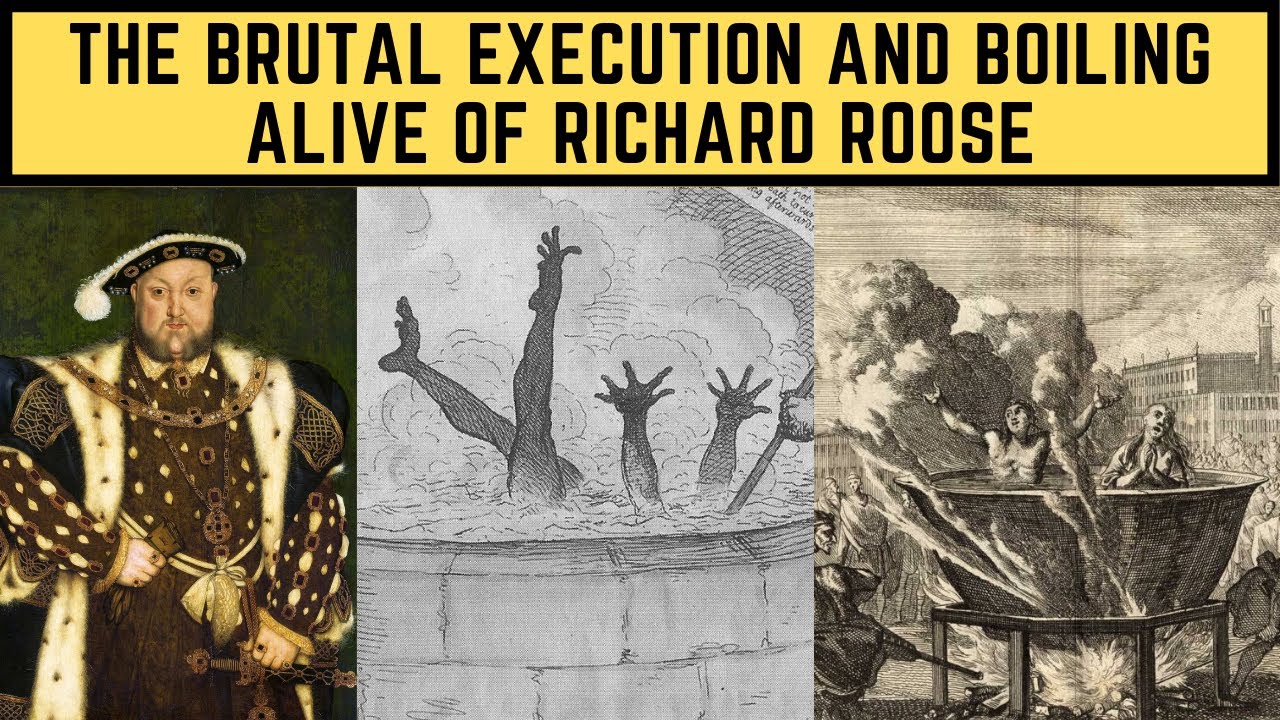The “worst execution” in history dates back to the brutal Tudor era.
There’s no polite way to put it—executions have always been horrific, no matter how they’re done. But one man from the 16th century is believed to have suffered what many consider the “worst execution” ever recorded.
If you know a bit of history, you’ll know that torture and extreme punishments were shockingly common in those times.
People of the past seemed to possess a grim fascination with cruelty—whether it was the brazen bull, which roasted victims alive, or the Spanish Donkey, a device that literally sliced people in half. And then there were those left to rot in dark, filthy cells underground.
All of these punishments were unspeakably cruel, but what happened to Richard Roose may top them all.
In 1531, Roose worked as a cook for John Fisher, the Bishop of Rochester. One day, he was accused of poisoning several of the bishop’s guests during a meal at his Lambeth residence.
According to accounts, Roose allegedly mixed a mysterious powder into the porridge served to the guests—and even added some to the bowls of two beggars. When people began to fall gravely ill, and the two beggars tragically died, Roose fled the scene.
Eventually, the authorities caught him. He was captured, taken to the Tower of London, and tortured on the rack to force a confession. During questioning, Roose reportedly said he had been pressured to add the powder “as a joke” and insisted he didn’t realize it would kill anyone.
King Henry VIII took personal interest in the case. Furious about the incident, he pushed through a special act of Parliament that classified poisoning as high treason—punishable by an extraordinarily cruel form of death.
As The Fortress recounts: “On 28 February 1531, Henry VIII told Parliament of the poisoning plot, and Roose was then condemned to die based on what the King said had happened, rather than concrete evidence. The King’s word was final, and he also expanded the definition of treason, saying that murder by poisoning was classed as treason.”
Treason was already punished with horrifying brutality—criminals were dragged through the streets, hanged, disemboweled, and mutilated. Yet Roose’s fate was even worse.
Crowds in London gathered to witness his execution. Roose was plunged into a giant cauldron of boiling water—not once, but three times—until he finally died. It was a death so cruel it’s almost impossible to comprehend.
Unsurprisingly, the story continues to shock people today. One commenter called it “the worst execution” they had ever heard of, while another described it as “beyond evil.”
Another observer reflected on the darkness of human nature, saying: “It’s hard to fathom the brutality these people inflicted on one another. We are the cruelest of all living species.”

